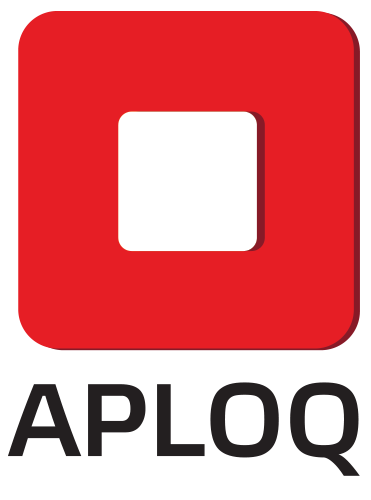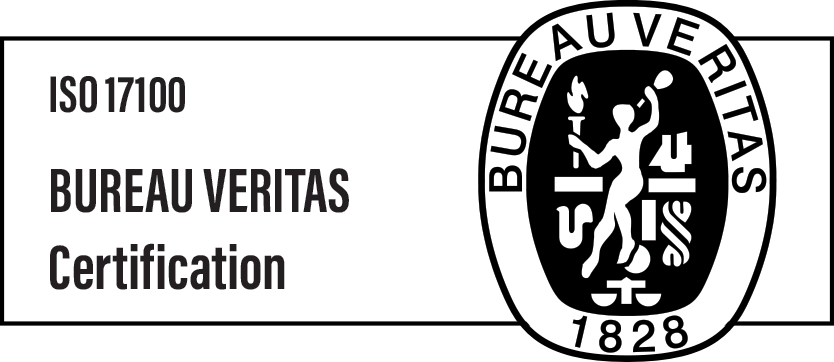Medical translation and global health equity: why it matters more than ever
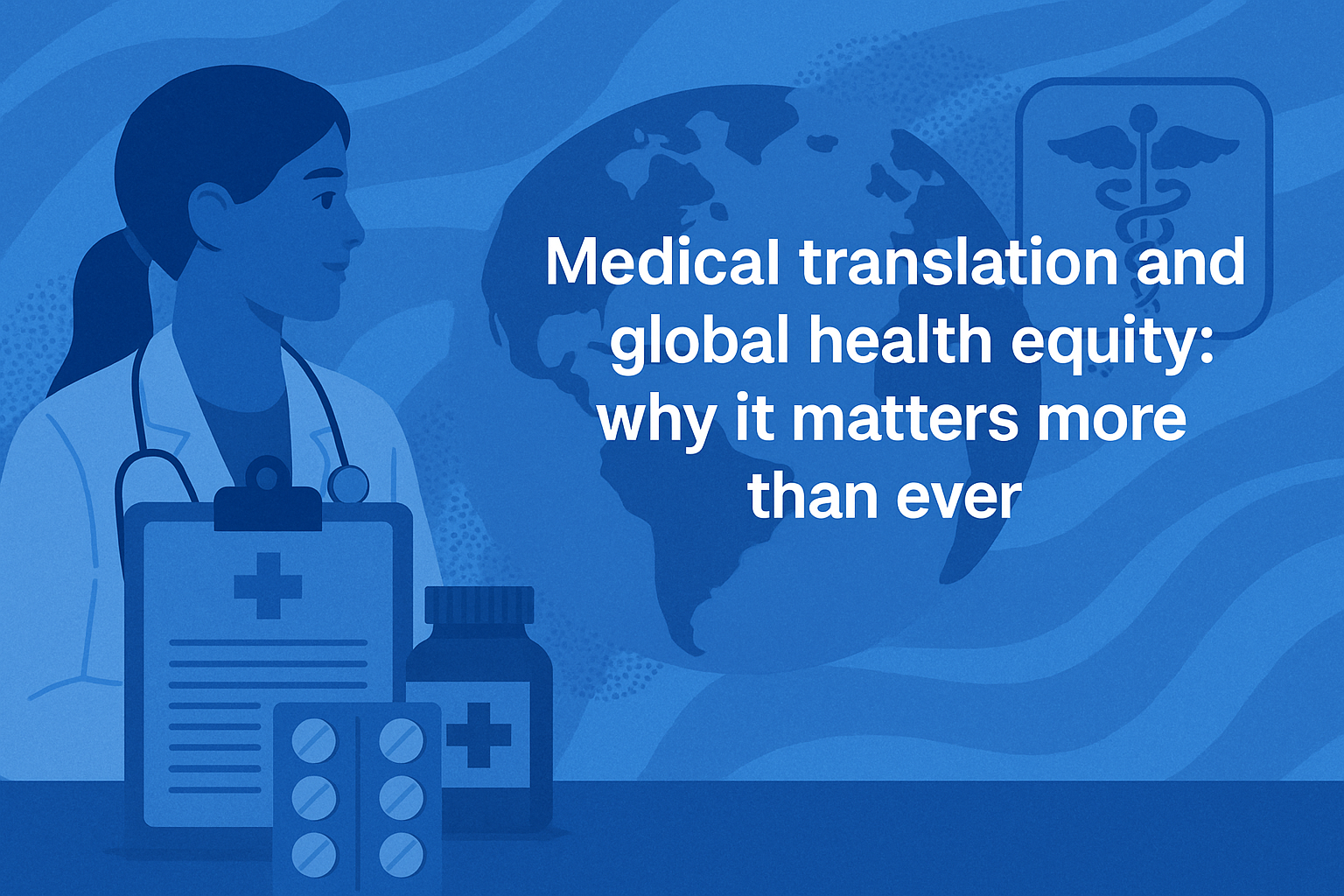
Language as the bridge to health equity
Healthcare is global, but access to it isn’t equal. Across the world, patients face language barriers that can affect diagnosis, treatment, and trust in medical systems. This is where medical translation and global health equity connect. Accurate translation isn’t just about communication—it’s about inclusion, safety, and dignity.
When medical information is available in every patient’s language, healthcare becomes more accessible and human-centered. Whether it’s a clinical trial consent form, a vaccine information sheet, or a public health campaign, translation ensures understanding. For life sciences companies, hospitals, and NGOs, it also builds compliance and trust. Language professionals play a key role in making sure no patient is left behind.
1. Language access saves lives
Language affects health outcomes. A mistranslated dosage or misunderstood instruction can lead to serious harm. On the other hand, clear, culturally appropriate translations can save lives. Medical translation ensures that critical information—from prescriptions to emergency guidelines—is understood by every patient, regardless of language or literacy level.
For healthcare providers and pharmaceutical companies, this is more than a service—it’s a responsibility. Effective translation supports informed consent, reduces risks, and strengthens communication between patients and professionals. When patients fully understand their care, they follow treatment plans better and feel more confident in medical decisions. In global health, accuracy in translation is not a luxury; it’s essential to safe, equitable care.
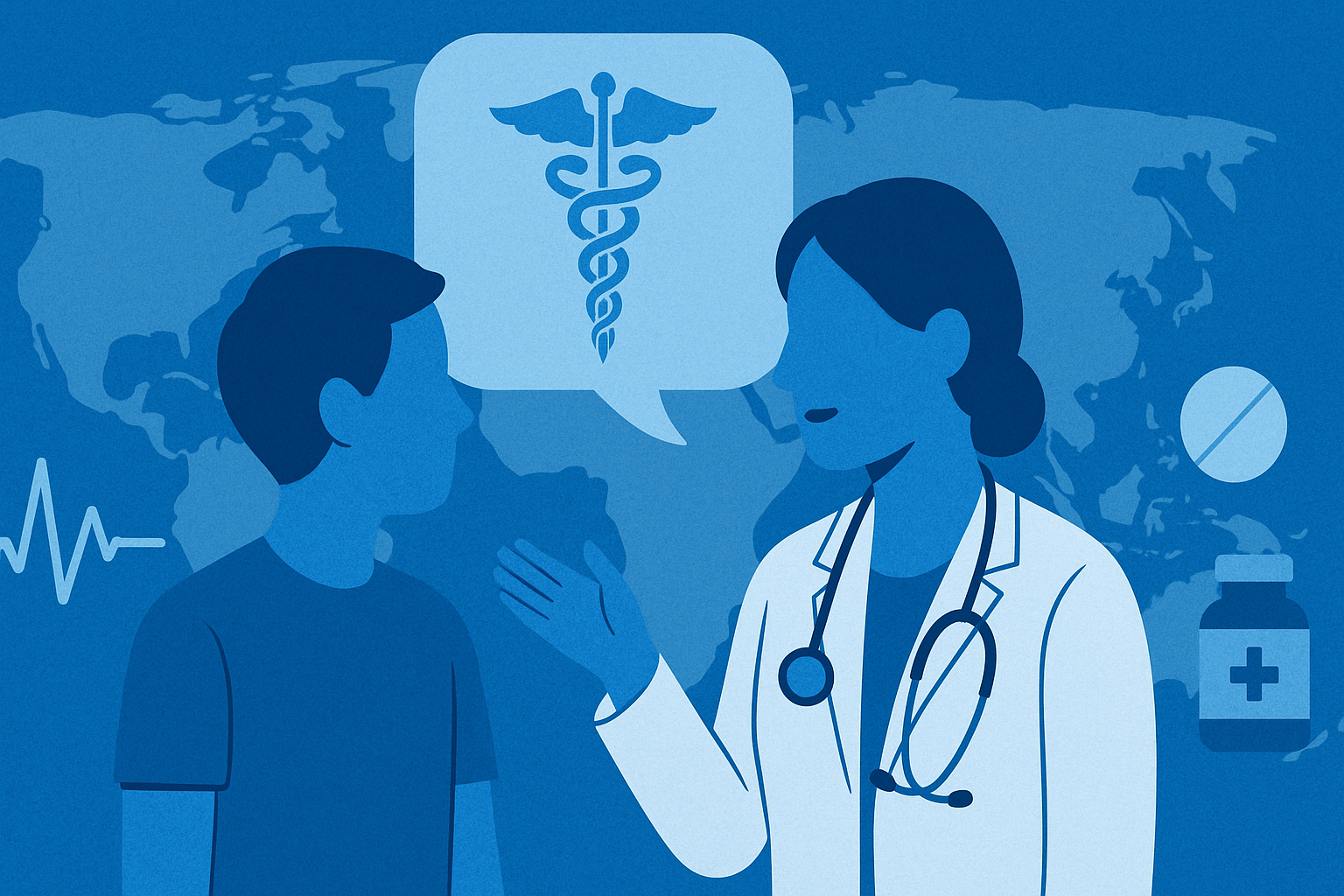
Language access saves lives
2. Translation as a tool for inclusion and ethics
Equitable healthcare depends on clear communication. Every patient deserves the right to understand their diagnosis and treatment options. That’s why medical translation is also an ethical obligation. It empowers patients to participate actively in their care and ensures respect for their autonomy.
For LSP professionals and healthcare organizations, translation is part of social responsibility. It aligns with global health initiatives that promote accessibility and fairness. By breaking language barriers, translators contribute directly to health equity—helping hospitals, governments, and research teams communicate with diverse communities. Accurate, culturally sensitive translation transforms healthcare from a system that treats people to one that truly includes them.
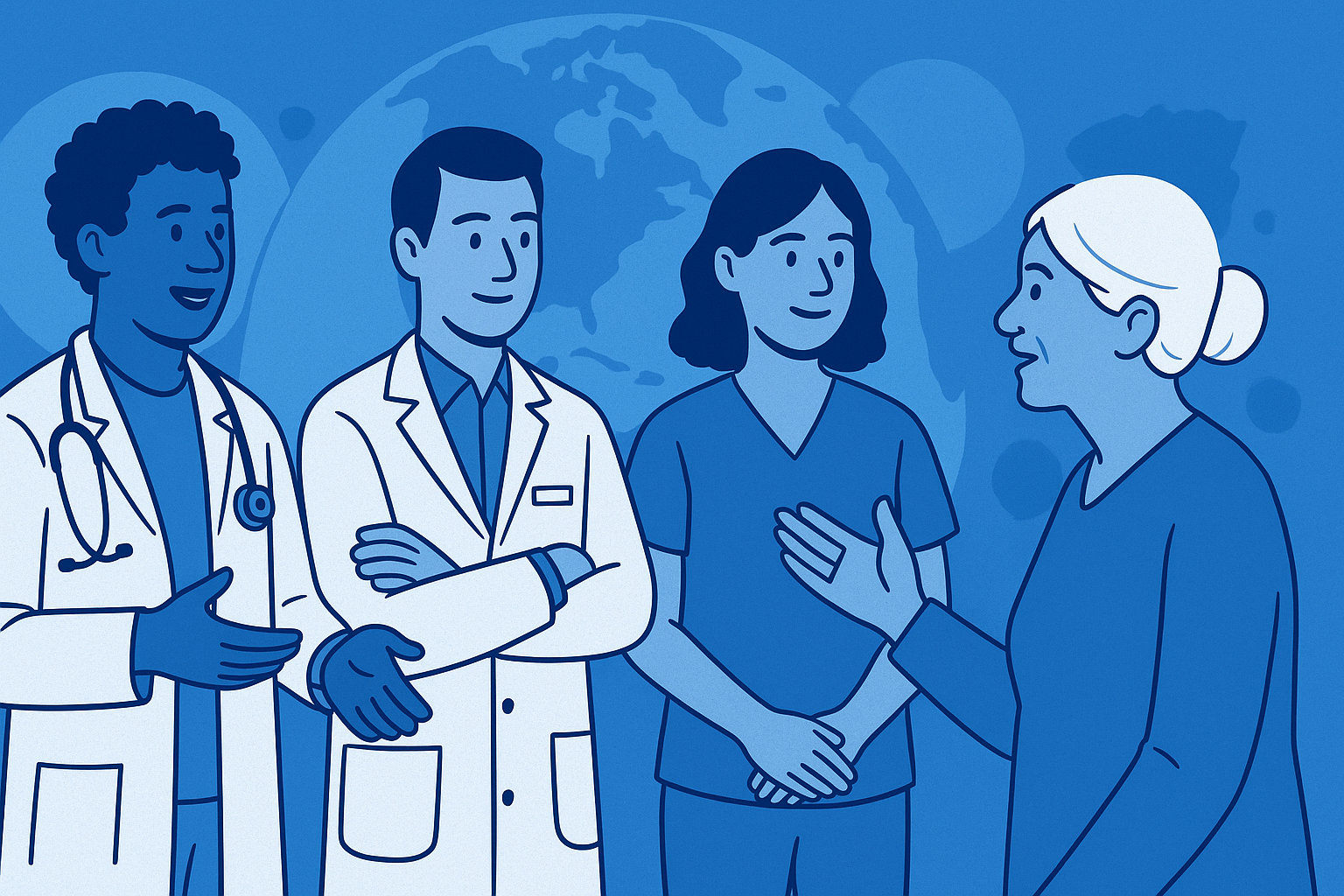
Translation as a tool for inclusion and ethics
3. Collaboration creates better global health communication
Achieving global health equity is not something one organization can do alone. It requires strong collaboration between translators, healthcare providers, and policymakers so that medical knowledge truly reaches every community. In this process, professional language service providers (LSPs) play a key role. They bring together expert linguists, medical reviewers, and advanced technology to deliver accurate and patient-focused communication.
For pharmaceutical and research companies, this teamwork helps ensure that clinical data, consent forms, and regulatory documents meet both local and international standards. Meanwhile, for NGOs and public health initiatives, it allows vital messages to be adapted to local languages, cultures, and dialects. As a result, people everywhere can understand information about prevention, treatment, and research.
Ultimately, effective collaboration builds trust and clarity. When LSPs connect all these partners, they help bridge the gap between language and access—turning global health goals into visible, measurable progress.
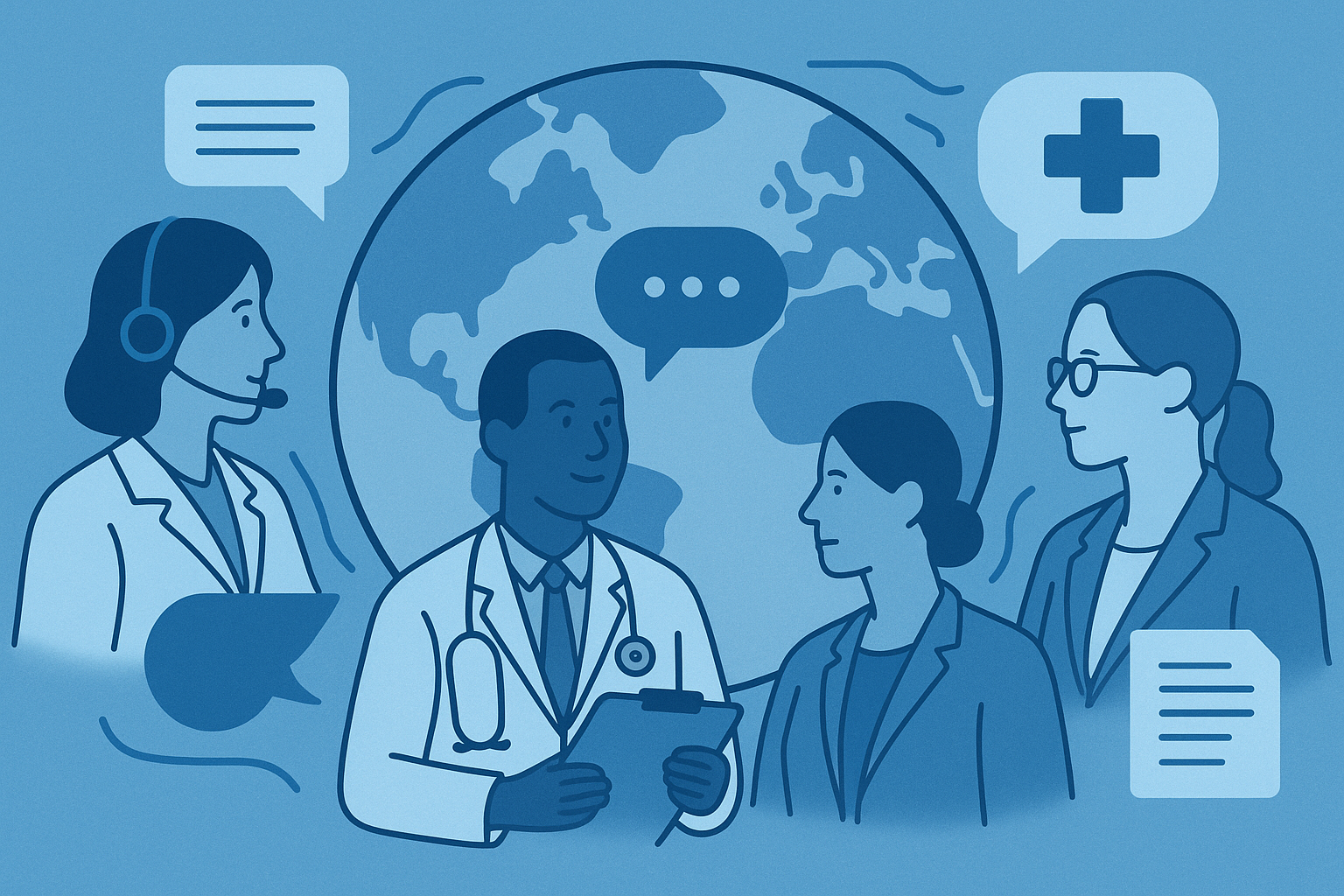
Collaboration creates better global health communication
4. Expertise and technology working together
In today’s healthcare communication, technology supports human expertise. Tools like translation memories, terminology databases, and AI help translators work faster and keep content consistent. But the true value of medical translation still depends on people. Skilled translators understand when a medical term has cultural meaning or when context changes the message.
For LSPs, the best results come from combining smart technology with experienced linguists. Automated tools can help, but only humans can make sure each word shows empathy, accuracy, and care. When human and digital skills work together, healthcare information crosses borders safely and clearly. By investing in both technology and training, LSPs strengthen their role as trusted partners in making healthcare accessible for everyone.
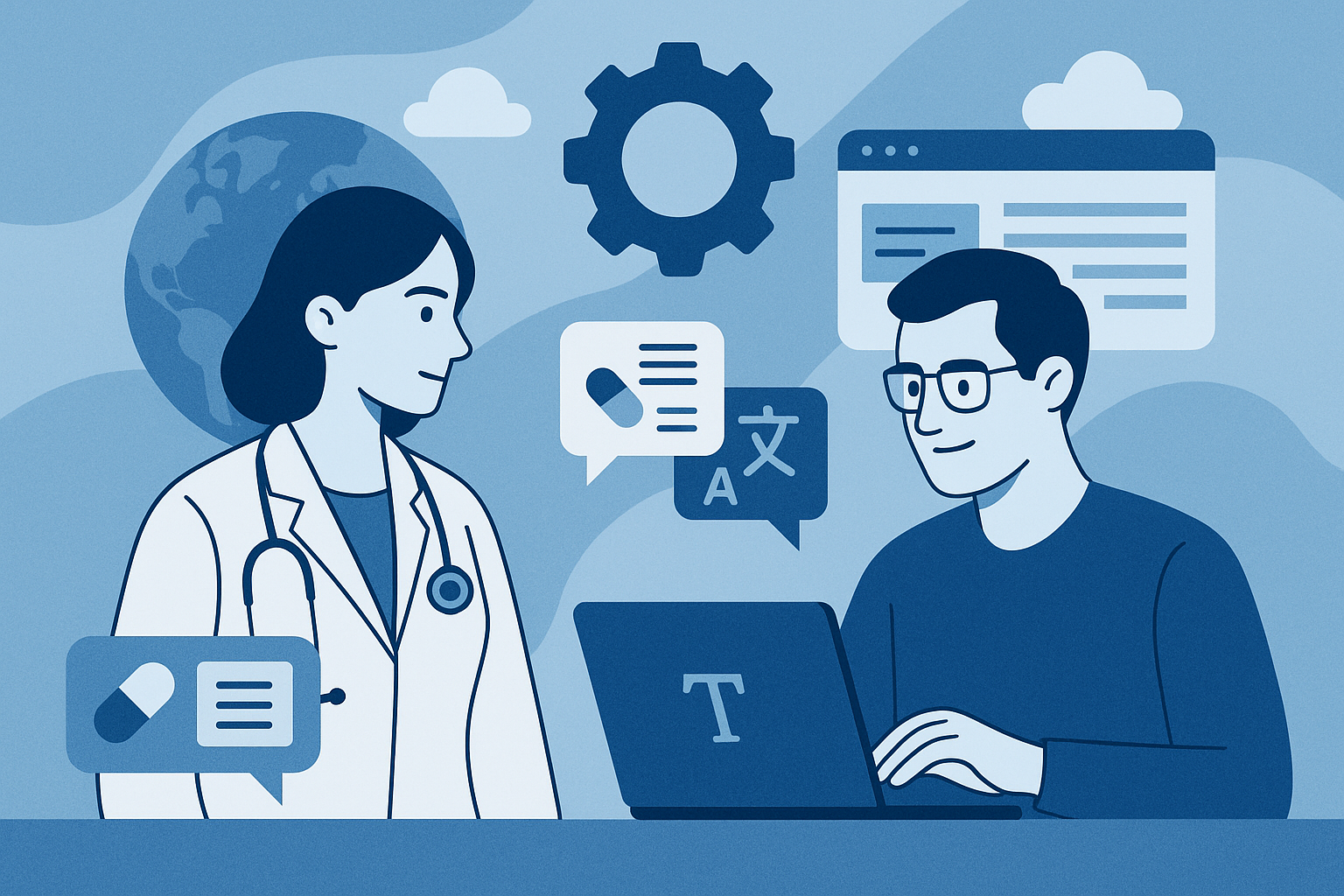
Expertise and technology working together
Connecting knowledge, language, and care
Medical translation is not just a service—it’s a mission. It brings global health equity closer by giving every patient, regardless of language, a voice in their own care. Accurate translation allows research to travel, innovation to spread, and patients to understand.
For LSPs, healthcare companies, and educators, it’s an opportunity to create lasting impact. When language barriers fall, inclusion grows. High-quality medical translation builds a bridge between medical expertise and human experience—making healthcare truly global, compassionate, and fair.
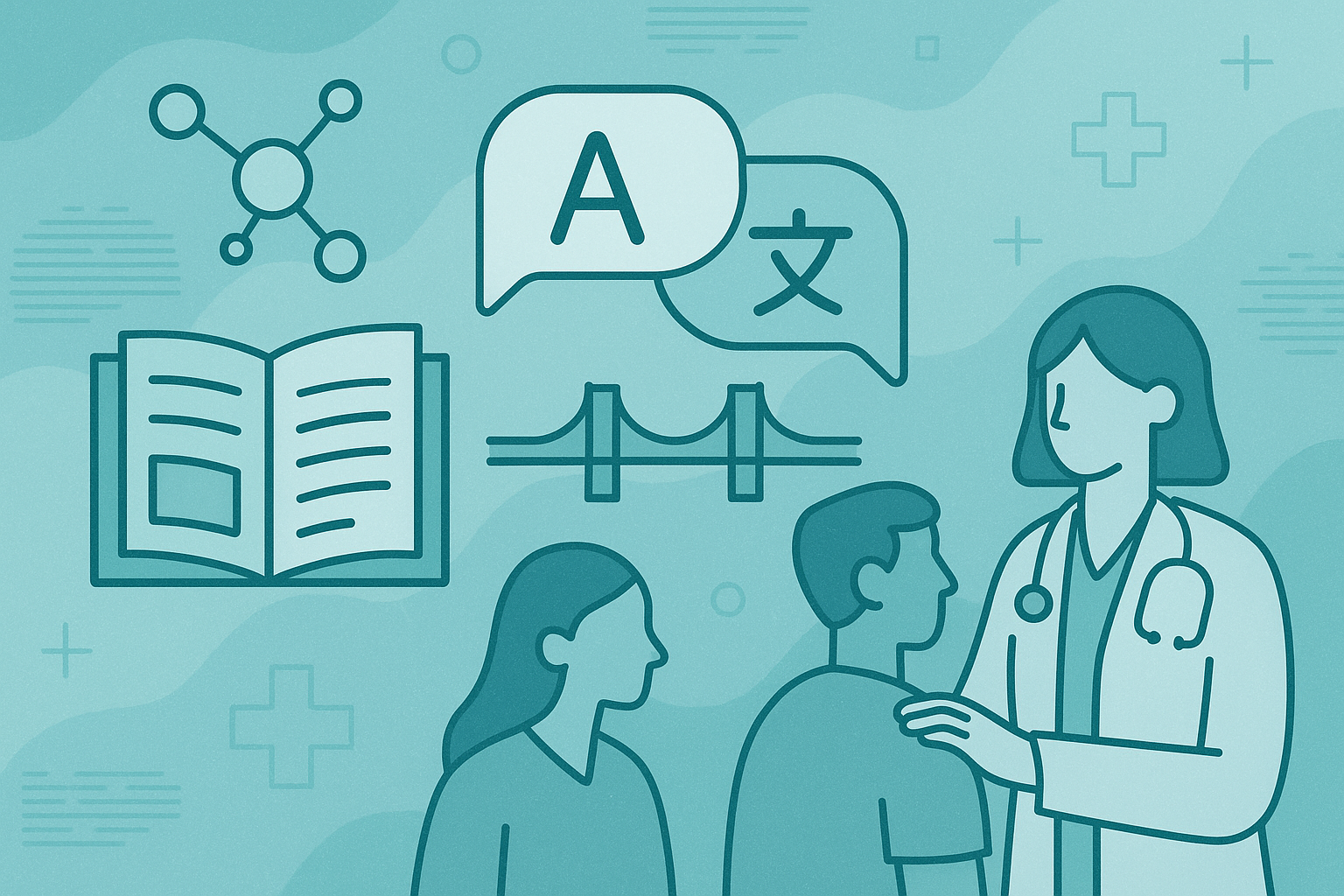
Connecting knowledge, language, and care
